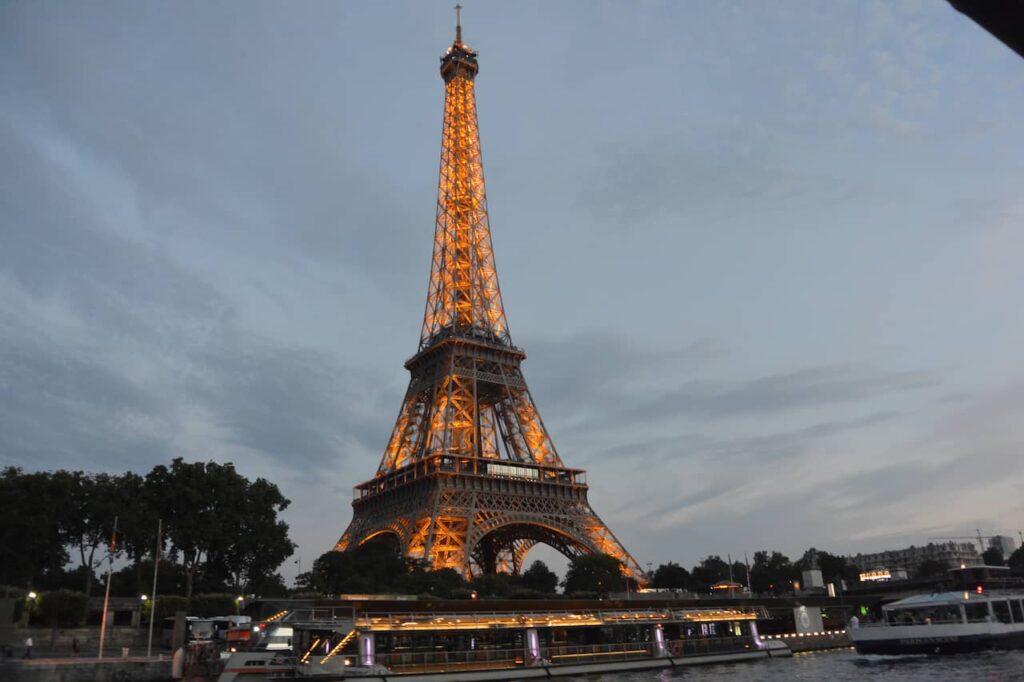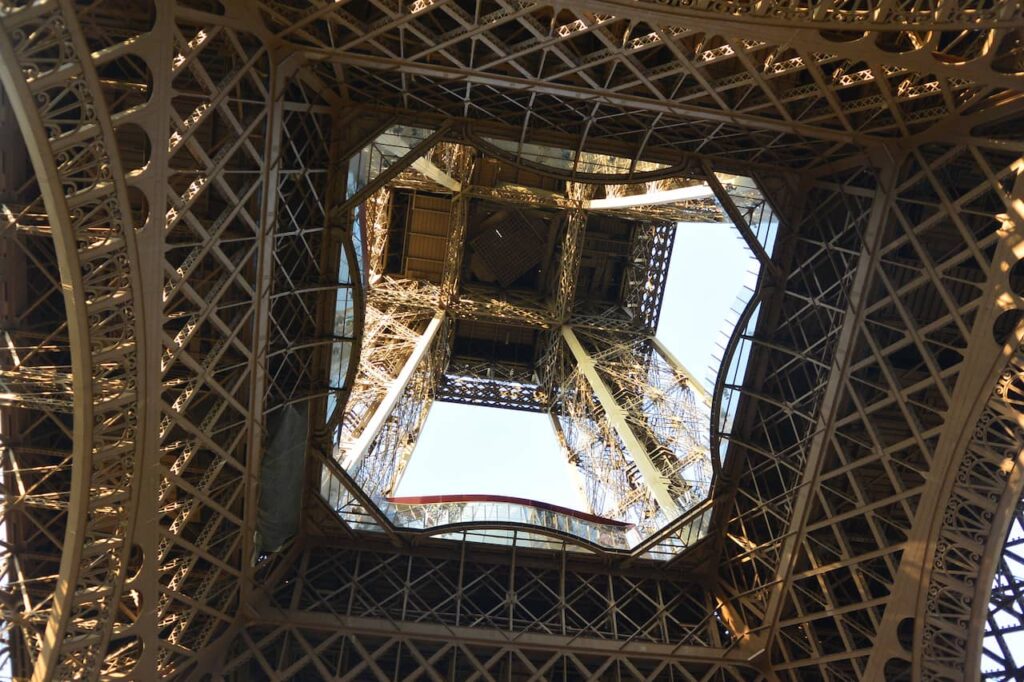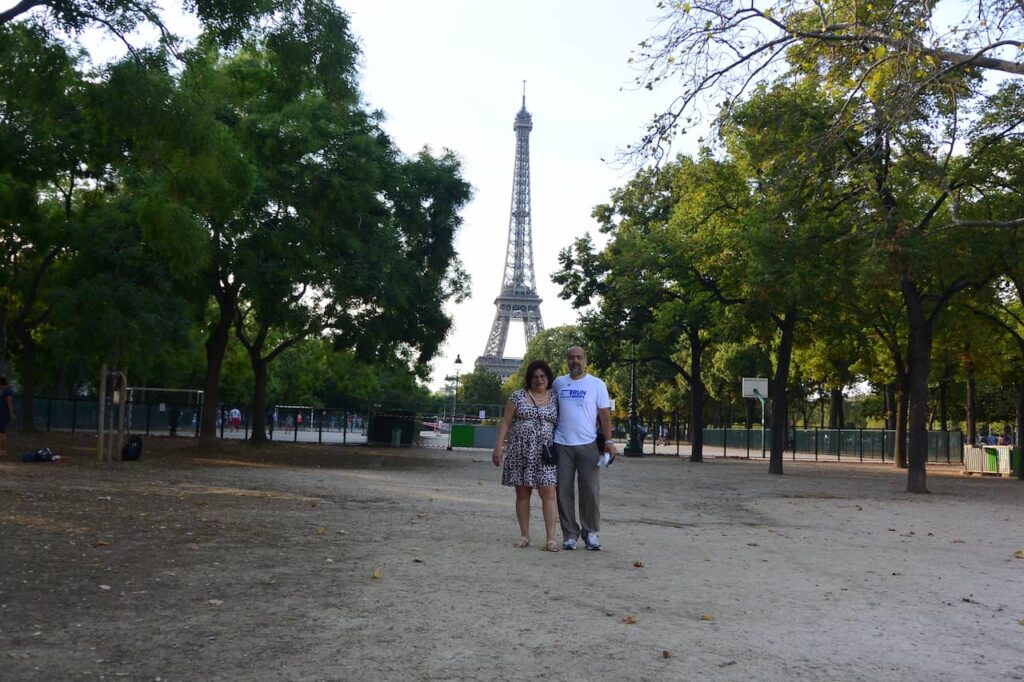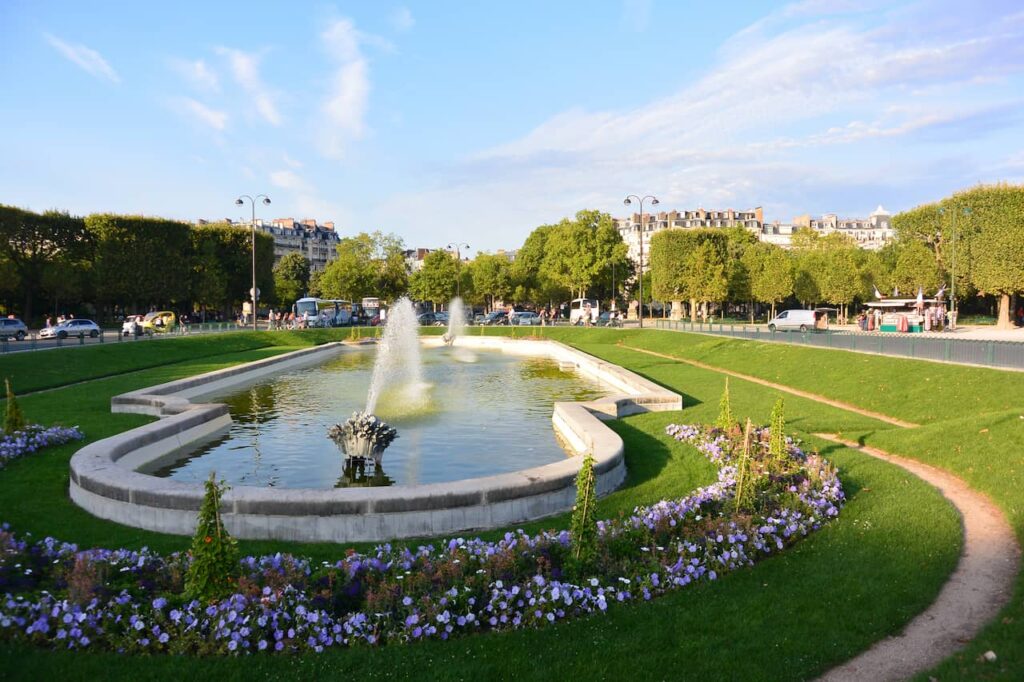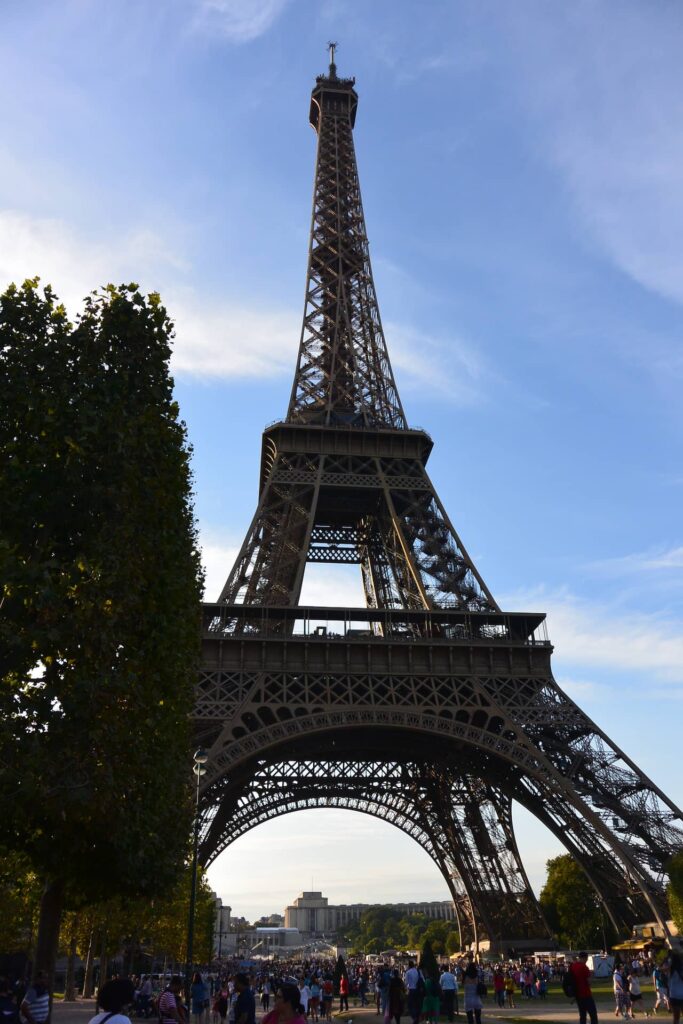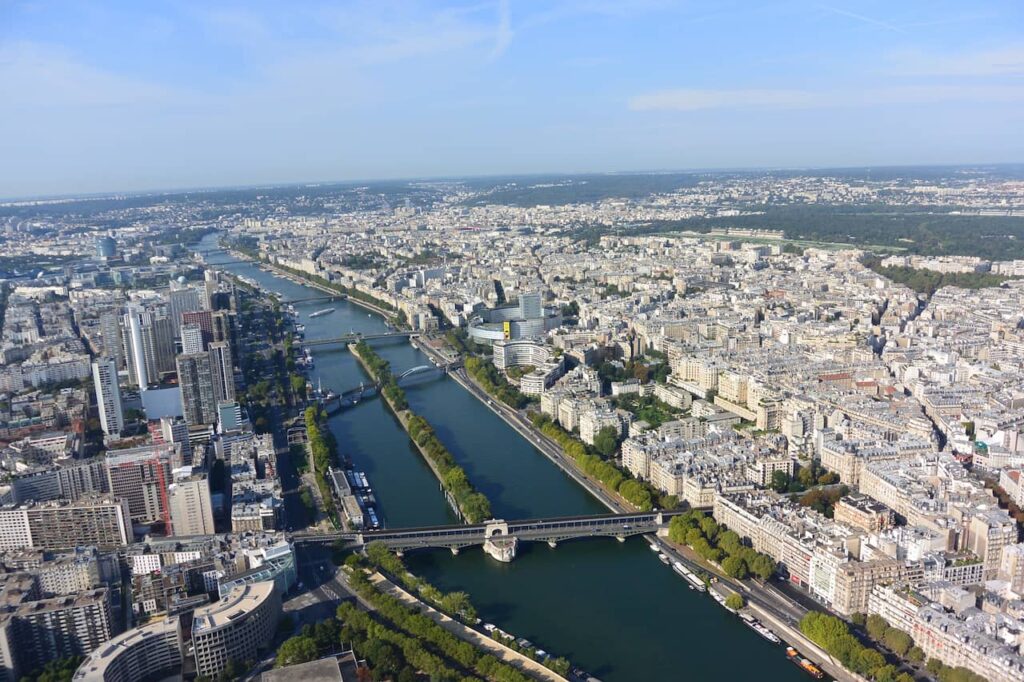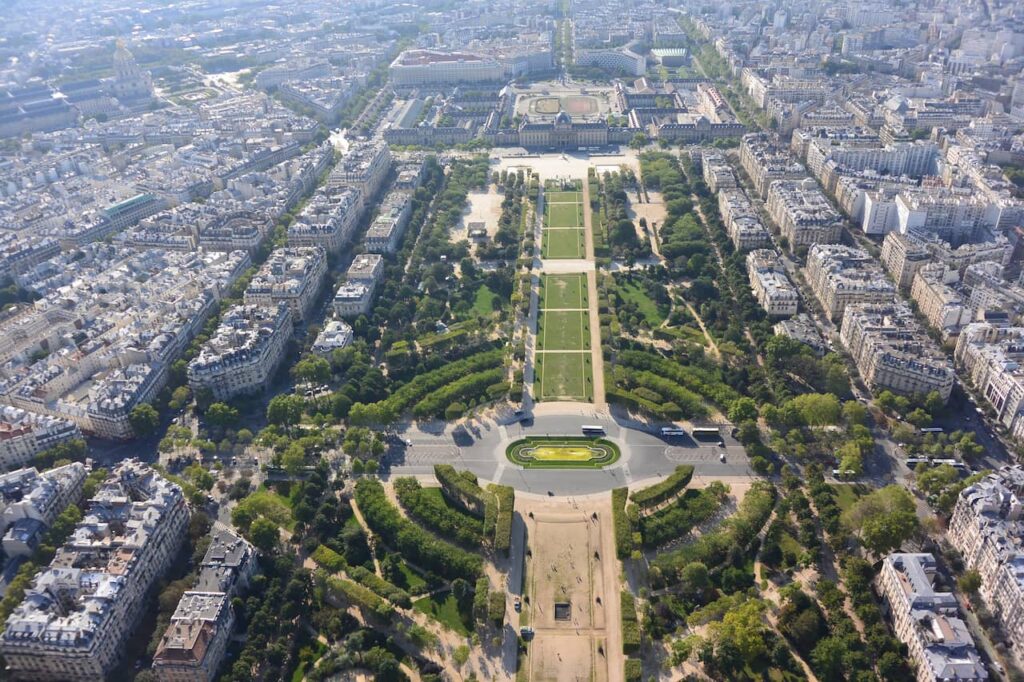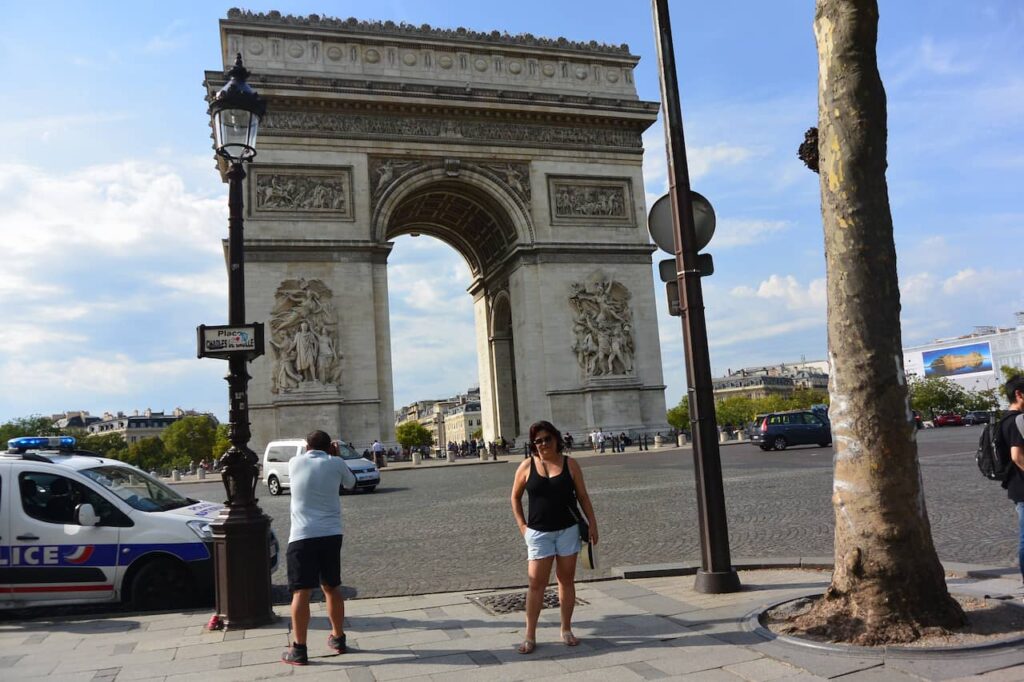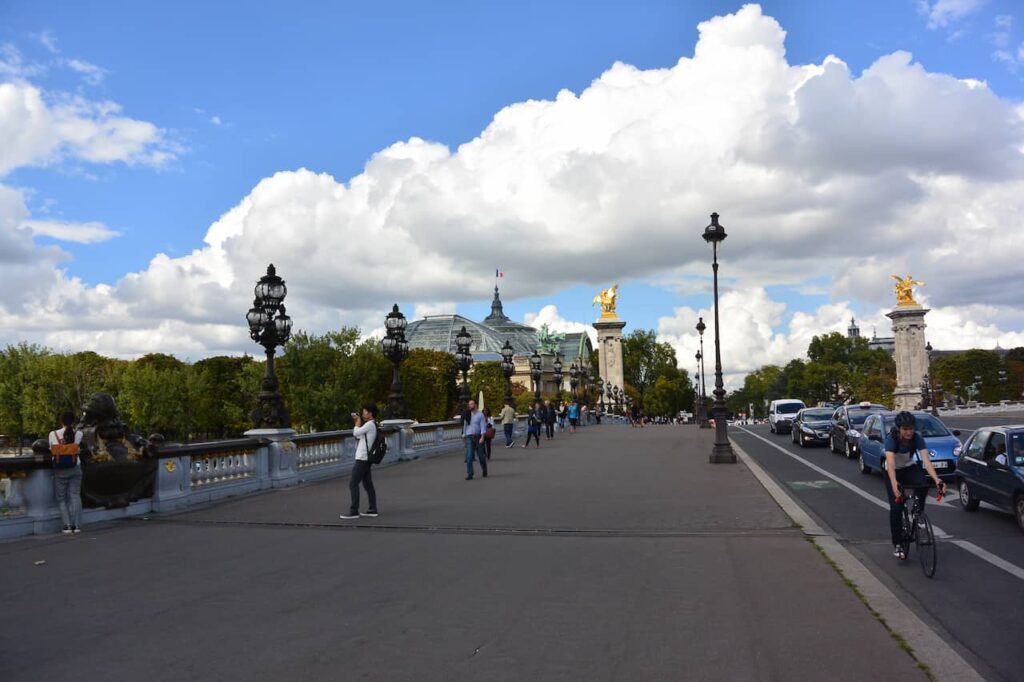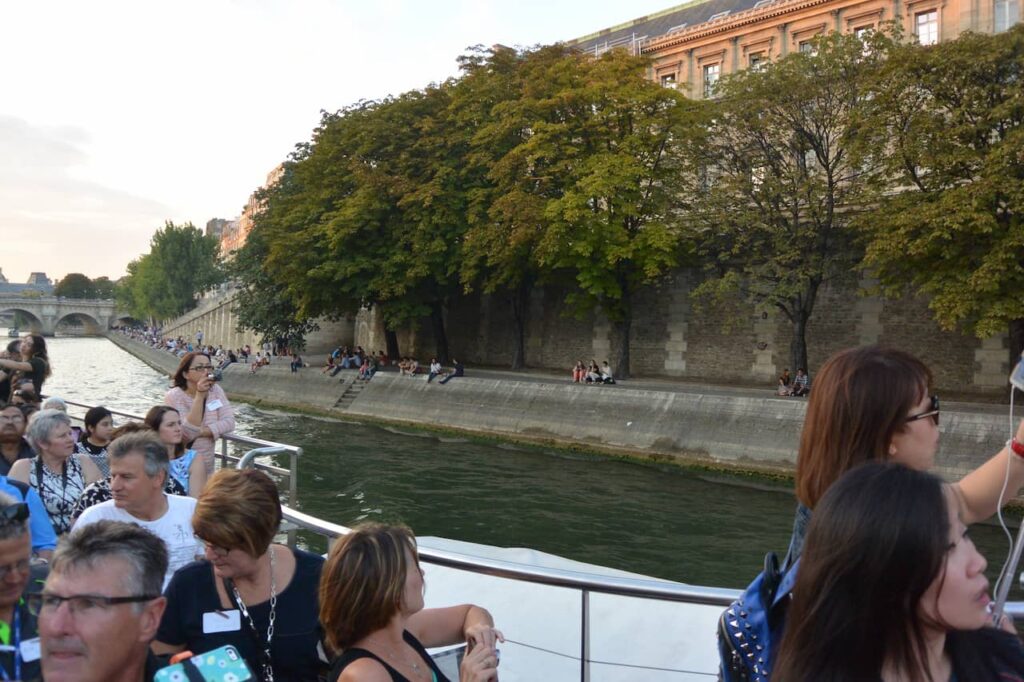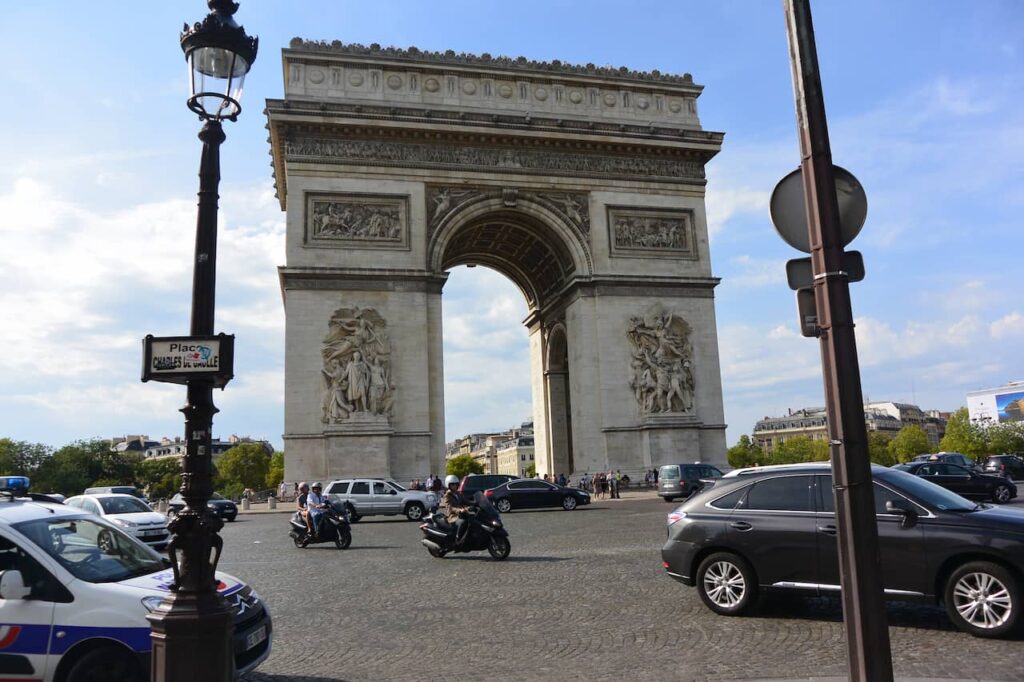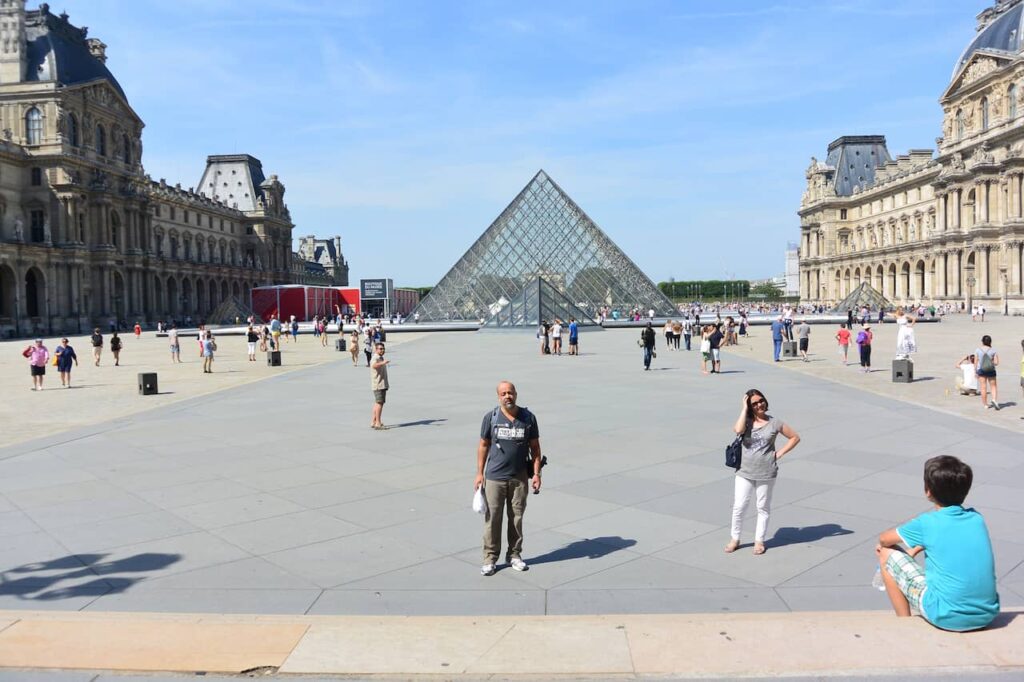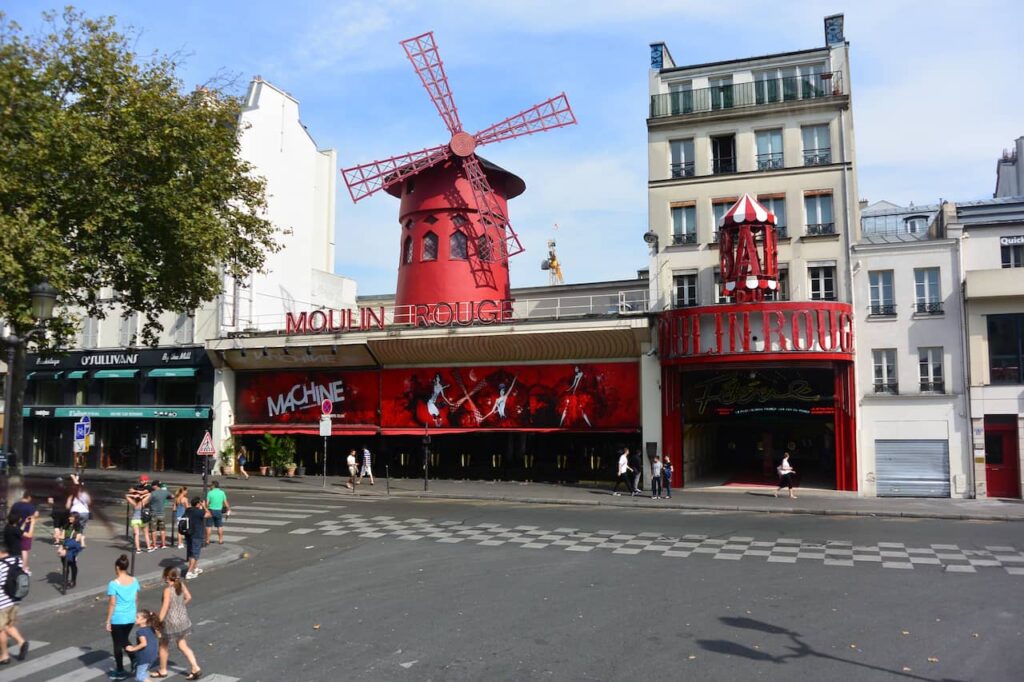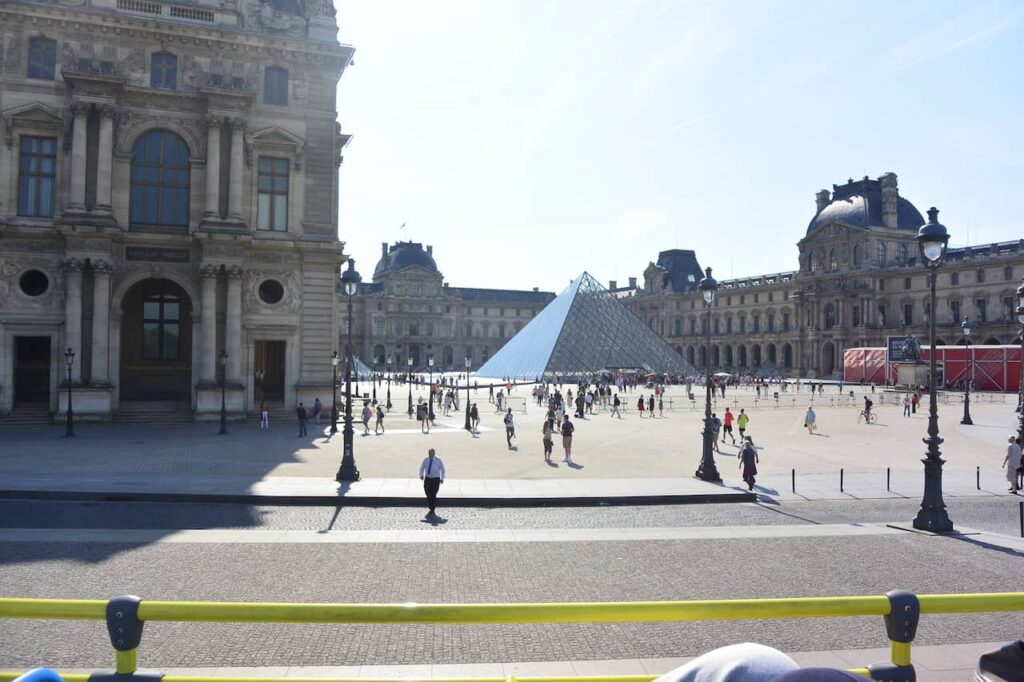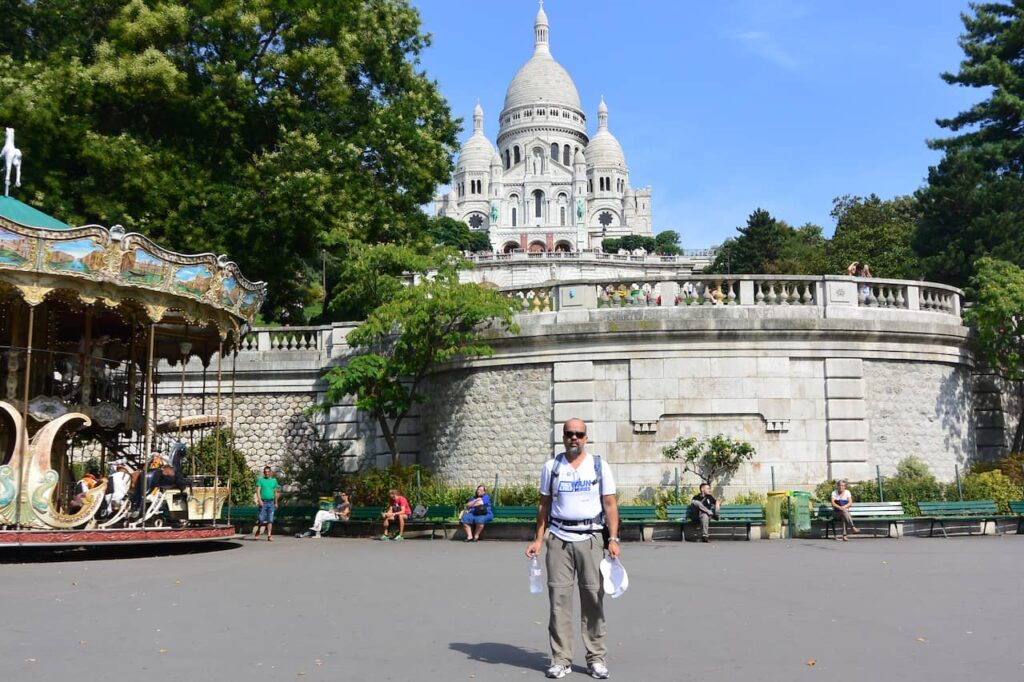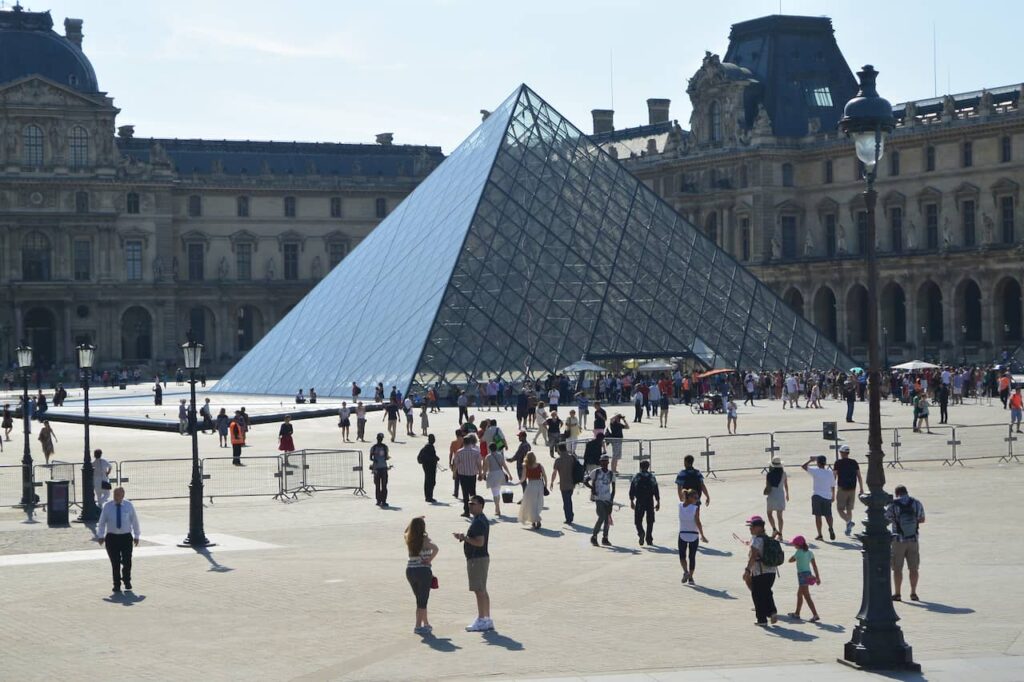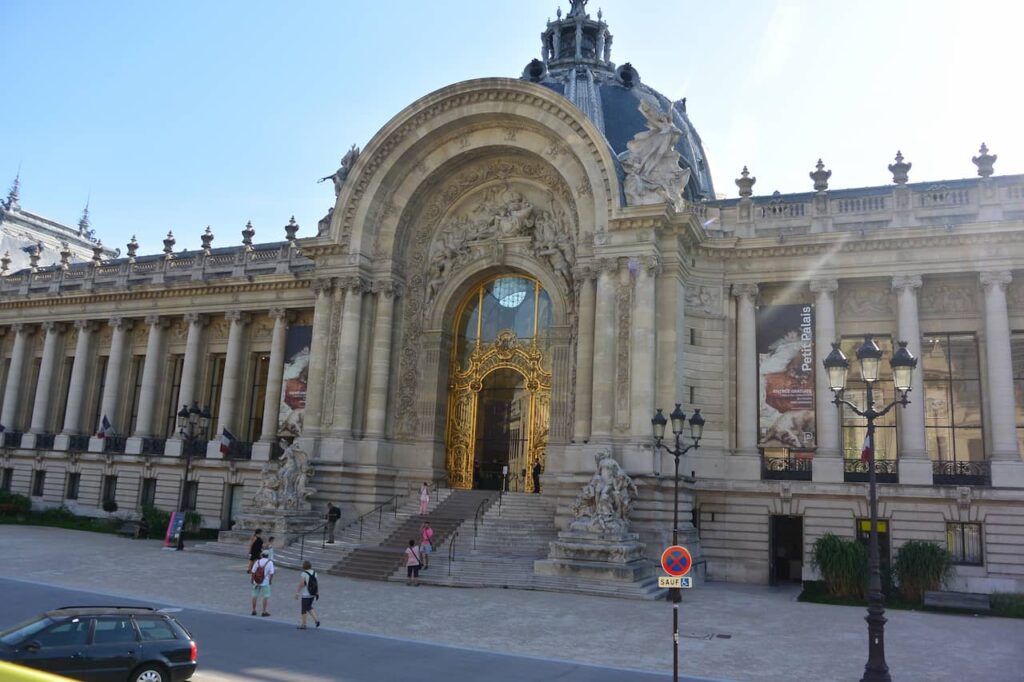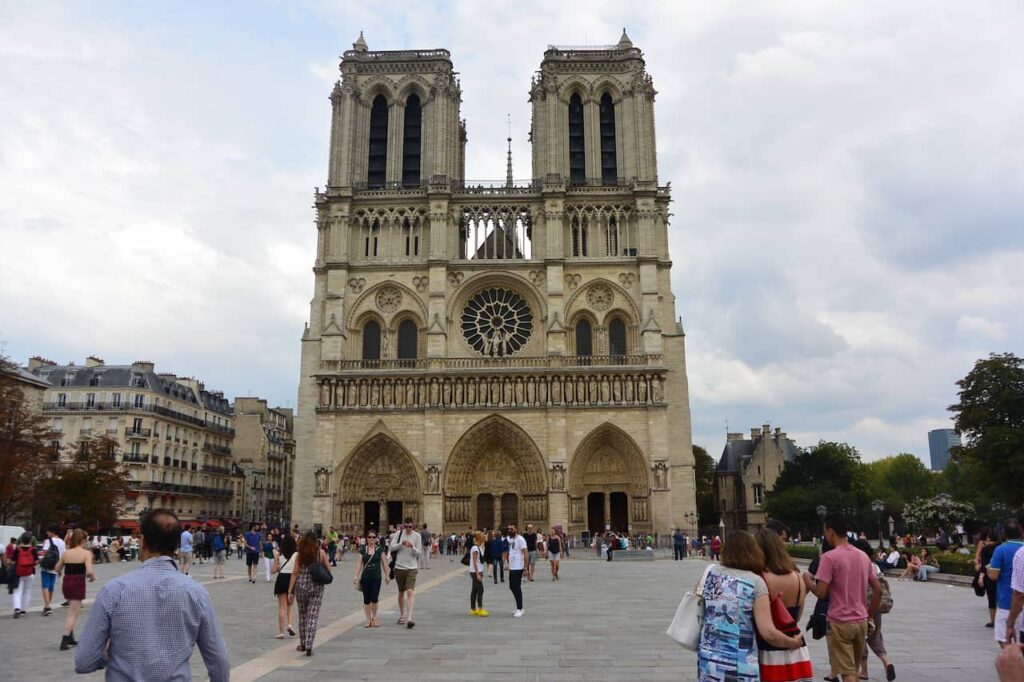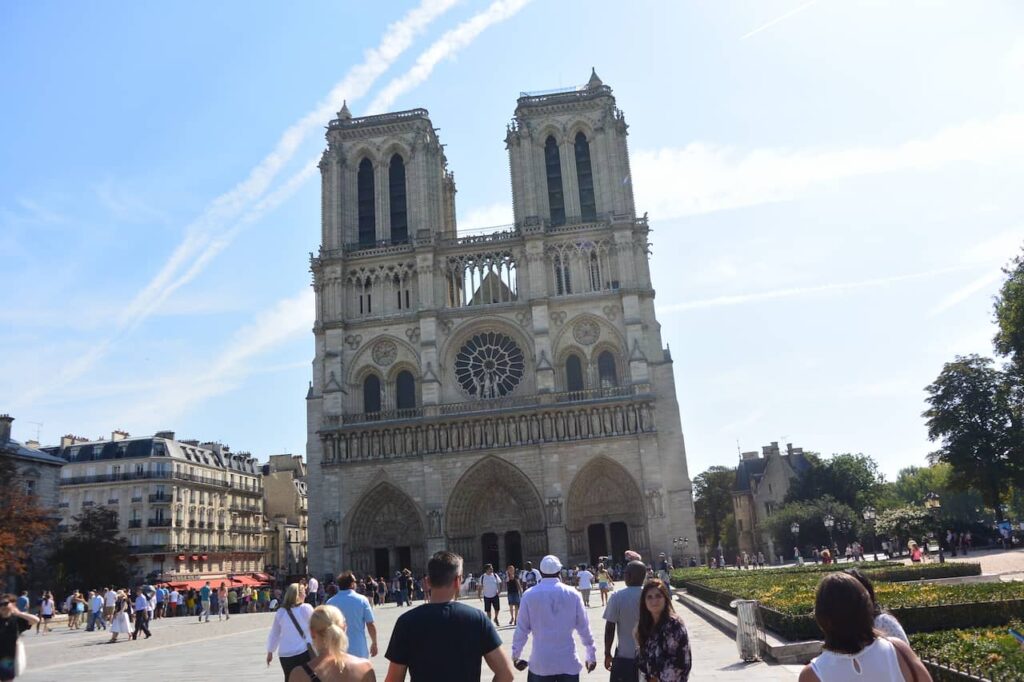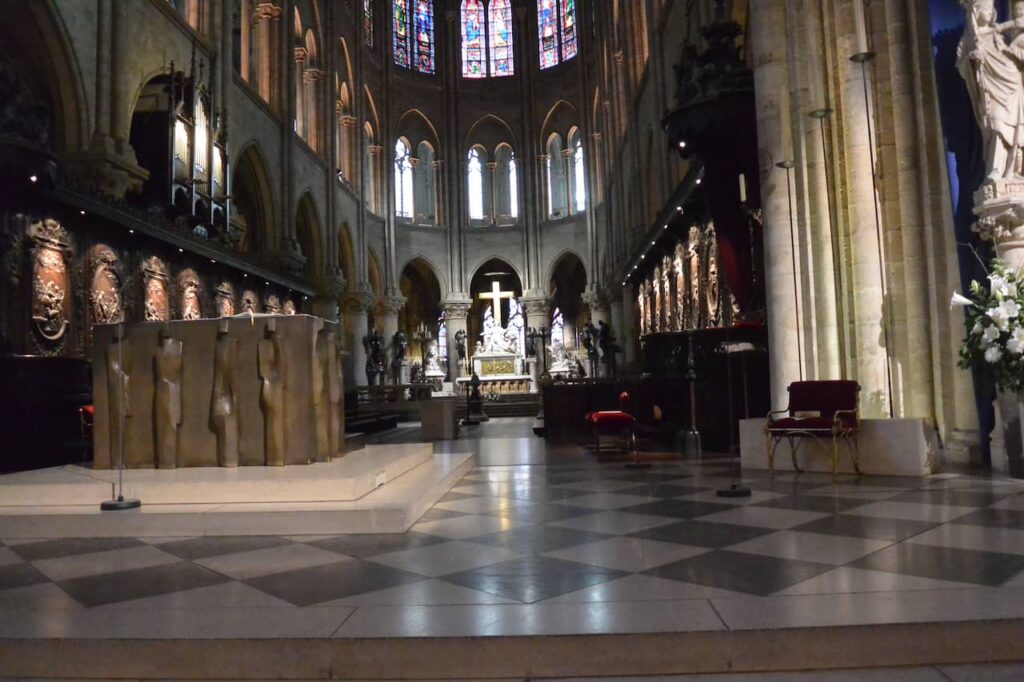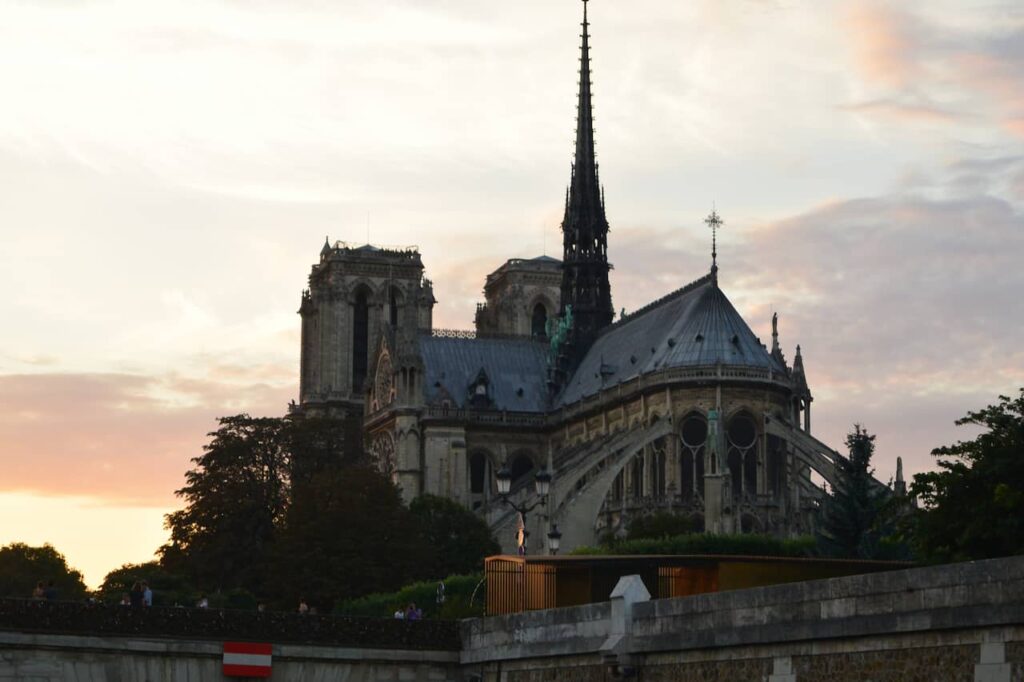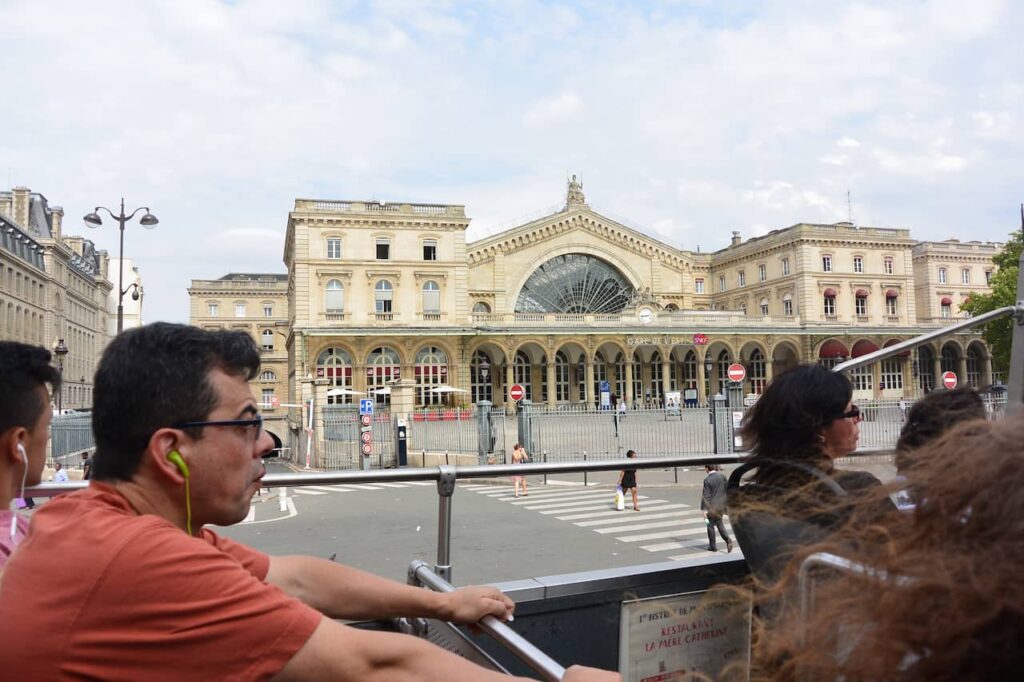Home » Destinations » Paris
Paris
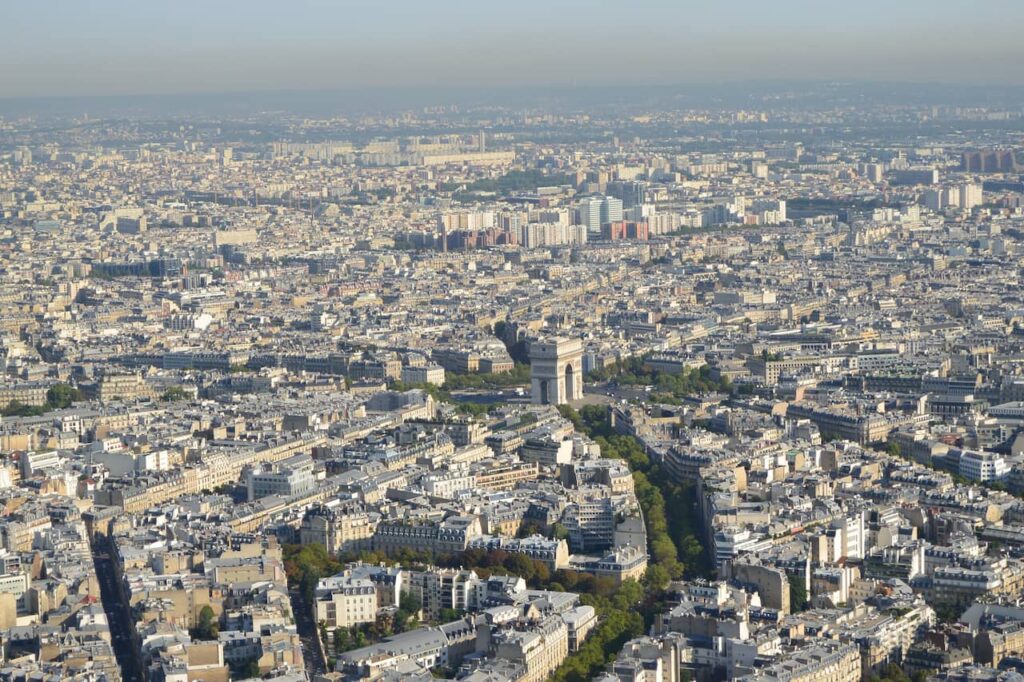
I believe that everyone in the Americas, who like to travel, dreams of going to Europe, not only for the famous places but also for being part of our history.
We have always studied and heard about Europe as a place where we from the Americas are descendants.
Here in Brazil, there is no one who doesn’t have a little European blood, even those who have a foot in Africa.
For sure Paris is one of those places, in 2015 it would be my first visit to the old continent and I planned to be in several places,
Starting with Paris, Mont Blanc, the highest mountain in western Europe, Milan, Venice, Florence, Rome and Barcelona.
A little history of Paris.
Paris begins with the founding of the Parisians by the Celtic tribe on an island in the Seine (Île de la Cité), where the Notre Dame cathedral now stands.
It was a fishing village that fell under the power of the Romans in the year 52 BC, who started to call it Lutetia.
The name Paris came only in the fourth century. Paris resisted Attila’s invasion through the intervention of Santa Genoveva, who became the patron saint of the city.
Clovis, king of the Franks, in 508 made Paris the capital of his reign.
The city gained importance throughout the 11th century, thanks to the silver trade and because it formed part of the route for pilgrims and traders.
Through the ages the city went through many revolutions, wars and diseases such as:
At the beginning of the 12th century, when students and professors confronted the Pope and ended up authorizing the creation of a “university” corporation.
Louis IX granted Robert de Sorbon the founding of the college “La Sorbona” and thus Paris also became a university town.
In the 14th century, at least three revolts:
The Merchants’ Rebellion of 1358, the Maillots’ Revolt of 1382, and the Caboche Rebellion of 1413, where a merchant led a mob that ended up taking the Bastille. This period became known as the Hundred Years’ War.
In 1328, Paris, once the most populous city in Europe, saw its population decimated by the Black Death.
At the end of the Hundred Years’ War, Paris was devastated and Joan of Arc was unable to liberate the city from the English and their allies, the Bourguignons.
On August 24, 1572, the “Massacre of the night of Saint Bartholomew” took place, promoted by the French kings, against the Protestants (Huguenots).
That same year, Marguerite de Valois, sister of the King of France, marries Henry of Navarre (head of the Huguenot dynasty), which promised to reduce conflicts, but in 1588 French Catholics rose against King Henry III in the ” Day of the Barricades.” The king is assassinated and Henry of Navarre is crowned.
In 1648, the second “Day of the Barricades” takes place, this event marks the beginning of the “Fronde”, a series of civil wars that took place in the country between 1648 and 1662. Fifteen years later, King Louis XVI decides to transfer the court to Versailles.
As a consequence of the “Fronde”, poverty spread throughout the city.
The prevailing current of thought at that time was also based on reason, equality and freedom.
On July 14, 1789, Parisians stormed the Bastille fortress, and on September 3, 1791, the first constitution in the history of France was approved.
On August 17, a new Constitution was approved, which granted executive power to a Directory.
The new Constitution met with much opposition with several revolts, culminating on November 9, 1799 when General Napoleon Bonaparte overthrew the Directory and installed a Consulate.
Paris experienced a time of great expansion during the fifteen years of Napoleon’s empire, ending on November 20, 1815, after the final defeat at the Battle of Waterloo and the Second Treaty of Paris of 1815.
In 1851, a coup d’état took place and Napoleon II came to power, remaining at the helm of the government for 17 years, when he promoted growth.
The city is conquered by Prussian troops in 1871 and a few years later (at the end of 1800) the Third Republic was proclaimed.
A time of economic growth began, which promoted the construction, in 1889, of the Eiffel Tower, symbol of the city known internationally.
Already in the twentieth century, the city begins to undergo several changes.
The First and Second World Wars caused a lot of destruction, but it was an opportunity for rebuilding.
It went through several revolts and in “May 68” a series of protests that were the biggest student revolt in the history of France and, possibly, of Europe.
But stop with history and let's see the Paris of our time.
Anyone thinking of Paris certainly wants to see many of the places with the Eiffel Tower, Seine River, Louvre Museum, Arc de Triomphe, Notre Dame Cathedral, Moulin Rouge, Champs-Élysées, etc.
I always prefer to use public transport and stay where I can visit most places on foot.
This way I can get a closer look at local life and have more time to appreciate the architecture, customs and interact with the people.
So I stayed at the IBIS Paris Torre Eiffel, a 10 minute walk to the Eiffel Tower.
We arrived at Charles de Gaulle airport and took the train to the city centre.
We went to Denfert-Rochereau station and transferred to line 6 towards Charles de Gaulle Etoile and got off at Cambronne station, which is a 3-minute walk from the Hotel.
As we only had 3 days in Paris, we decided to use the tourist bus, as we saved a lot of time compared to public transport.
The company L’Open Tour (Today Tootbus Paris) had 3 lines that passed through all the tourist points of the city. Today there is only one with the main attractions
After leaving the suitcase and taking a shower, we went to visit the Eiffel Tower, our first objective.
Before that, we stop at a typical Parisian café for a croissant and coffee.
We continued on to the Champ de Mars and soon had a majestic view of the Eiffel Tower.
As it was already late, we stopped climbing the tower for the next day and went to the Seine River.
At dusk the Tower lights up is a very beautiful and romantic sight.
The sight of the illuminated tower, the light show and the night walks along the river make everything more magical.
Second day
We started very early with the ascent of the tower.
On a clear day like ours, you have a very beautiful view of Paris, basically 360 degrees of the city.
After , we went for a walk along the Seine river, as soon as you come down from the tower there is the port where the boats leave
The tour of the Seine River is super pleasant, where you can see monuments, museums, palaces, among other tourist attractions.
It’s a program for the whole family, in addition to being romantic for those who are in the mood.
We took the tour during the day and also at night, where the romantic atmosphere is much more appropriate.
Then we went for a walk on the Champs-Élysées, where the most famous brands are on display.
Window shopping is more than enough, as each product is extremely expensive.
At the end of the avenue there is the Arc de Triomf, which is a landmark in the city.
Although for the city it is a big roundabout, it has a lot of symbolism.
Night was coming and we went to dinner and rest, because we still had two days to go.
Third day
We slept a little longer, as the previous day was full beyond the time difference.
We dedicated a good part of the day to visit the Louvre Museum.
It’s simply magnificent, although I’m not one for museums, the Louvre is like a summary of all the others.
It has almost everything, from a simple engraving to rooms measuring several meters, a tiny sculpture to one larger than a person.
The Viajoteca website has a super complete article about the museum.
I believe that for those who like museums, it is worth a visit of 3 days.
For those who want to know more, see the Louvre’s official website here.
Among other things, what I wanted to see was Leonardo da Vinci’s Mona Lisa (originally La Gioconda).
It was a mixture of emotion and disappointment due to the size (77 cm high by 53 cm wide) and difficulty in seeing, overcrowded
It has much bigger paintings, more impressive and easier to see than the Mona Lisa, but who has the opportunity to see it is a unique situation.
In the afternoon we went to see the Moulin Rouge and then the Sacre-Cœur Basilica.
It has one of the best views in Paris.
More about this source textSource text required for additional translation information
Send feedback
Side panels
Fourth day
Our goal for the day is Notre Dame Cathedral.
The Cathedral of Notre-Dame de Paris; in Portuguese: “Cathedral of Our Lady of Paris”) Built between 1163 and 1245 on the Île de la Cité, it is a work dedicated to the Virgin Mary and is one of the oldest Gothic cathedrals in the world.
We went to meet around the cathedral
And also get to know the Paris that most people don’t know.
One of the easiest ways is with the tour buses that make the circuit.
You can see it from the top of the bus and get off wherever you want to explore neighborhoods and other locations.
Our Paris time is up now it’s off to Chamonix


